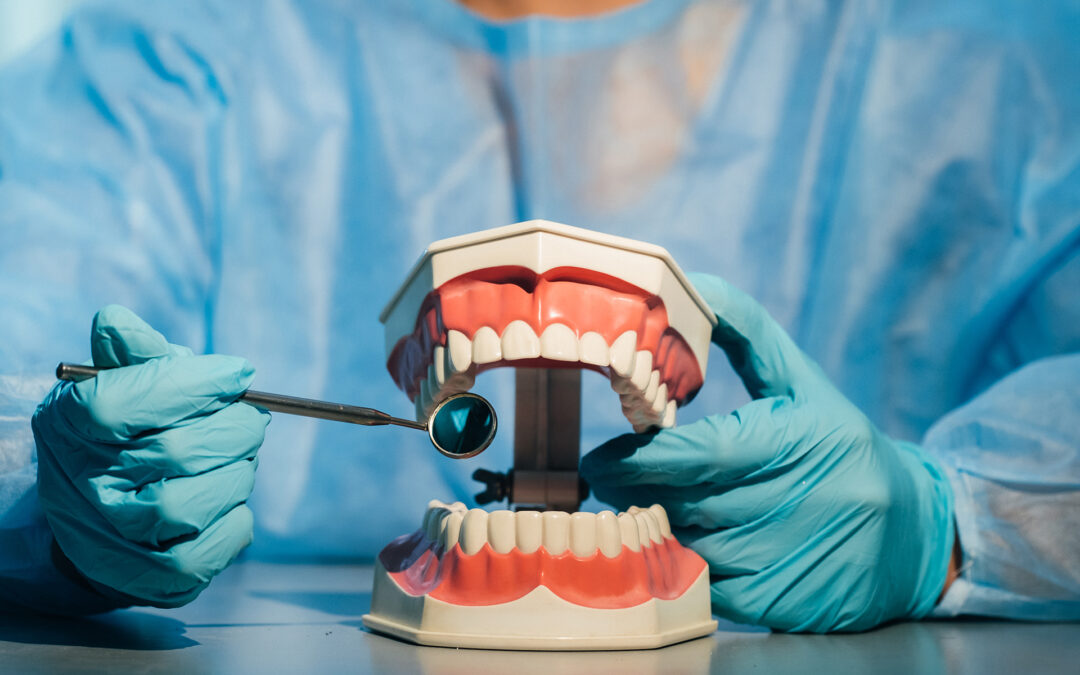Over half the population will suffer sensitivity in their teeth at some point in their lives.
For some, it will be transient but for others, it can occur on a more chronic basis. In order to treat sensitive teeth, first, it is important to understand what causes it. Teeth have two layers in their crowns: dentin and enamel. Enamel is the outer layer that gives teeth their strength and appearance. In the inner layer, dentin is a layer that surrounds the pulp chamber which houses the nerves and blood vessels that supply the tooth. Within dentin, there are thousands of tiny tubes that run from the nerves to the outer surface of the dentin layer. Within these tubes are fluid that react to hot and cold and send signals to the nerves. The enamel layer covers these tubules and helps reduce the stimulation of these tubes.
However, enamel can wear away over time due to trauma, wear or other reasons. With exposed dentin, there’s not much inhibiting the transmission of hot and cold down the tubes and therefore, increases the amount of sensitivity your tooth feels. Gum recession is another cause of sensitivity as well. As gums recede, they expose the roots of the teeth. The roots of teeth do not have the protective layer of enamel, and therefore the tubes are easily exposed.
In order to determine the best treatment for tooth sensitivity, it is important to see your local dentist to discuss the proper route of action. Some gum recession can be reversed by attaching tissue the exposed roots and thus, covering up the problem. In other cases, if there is a large dentin exposure, then your dentist might recommend covering it up with a restorative material, therefore providing a protective layer. For smaller exposures of dentin, your dentist might suggest using a specialized toothpaste that contains desensitizing components. These components bind to the tubes and thus, block them and inhibit the movement of the fluid. These toothpastes also contain fluoride which is helpful in combating tooth decay. Your dentist might also suggest a paint on varnish that can be applied either at the office or at home, therefore covering up the exposed dentin.
Each case needs to be judged individually by your dentist in order to determine which treatment is best for you. If you are experiencing tooth sensitivity, then contact your dentist and book in an appointment regarding your options.

